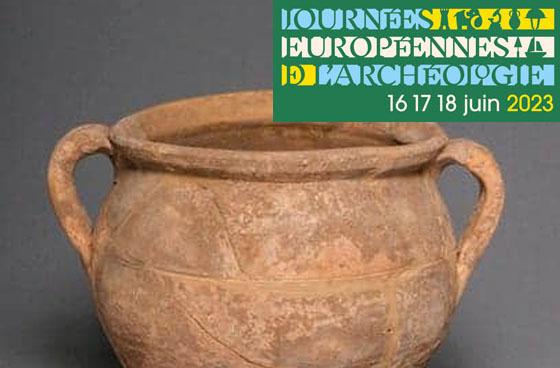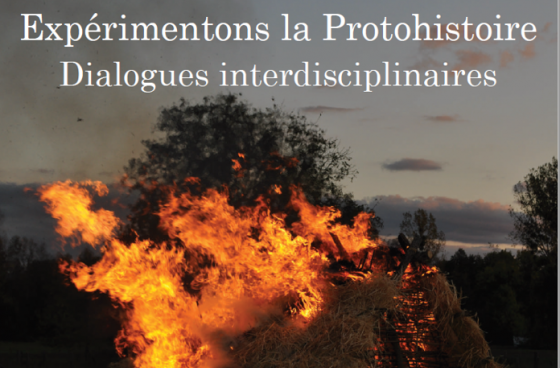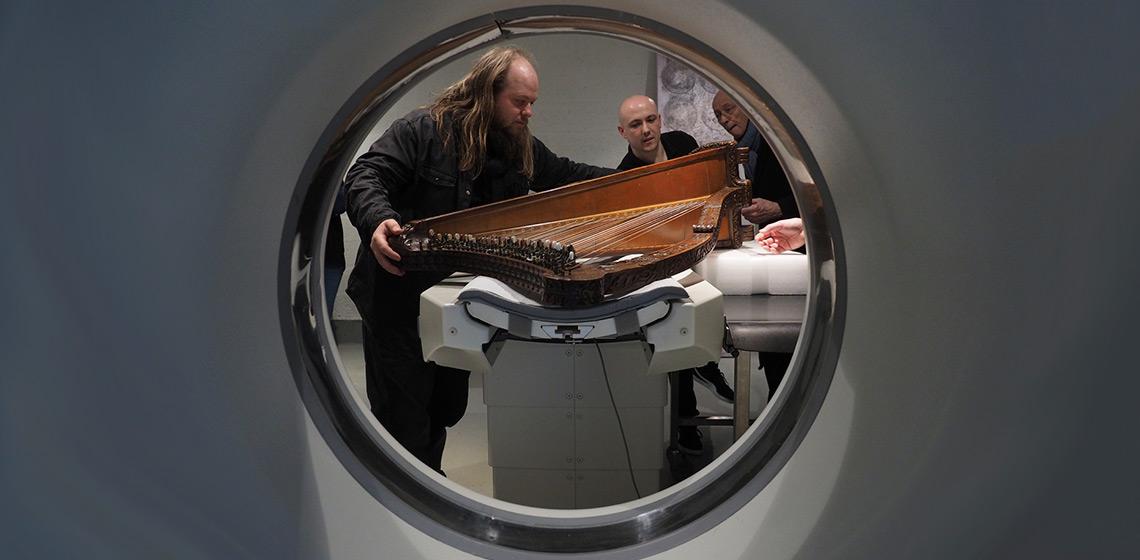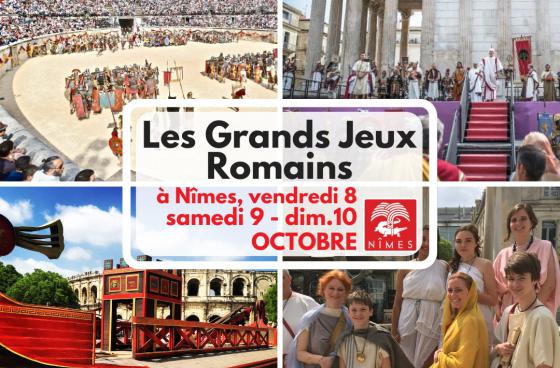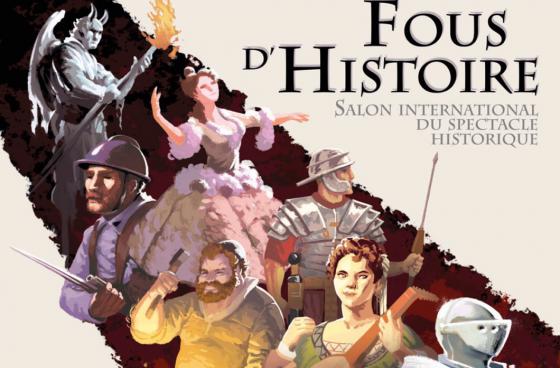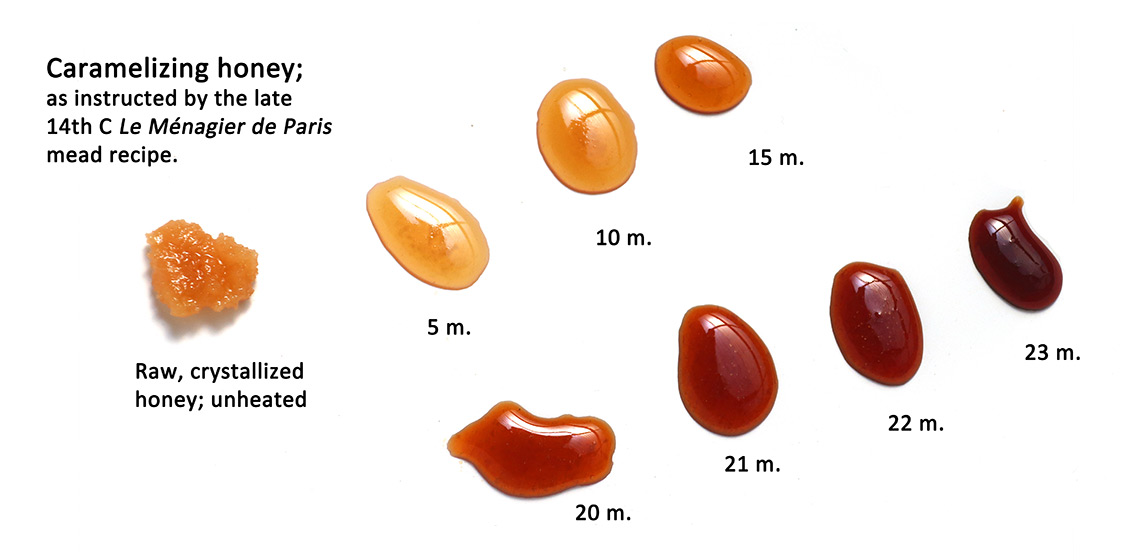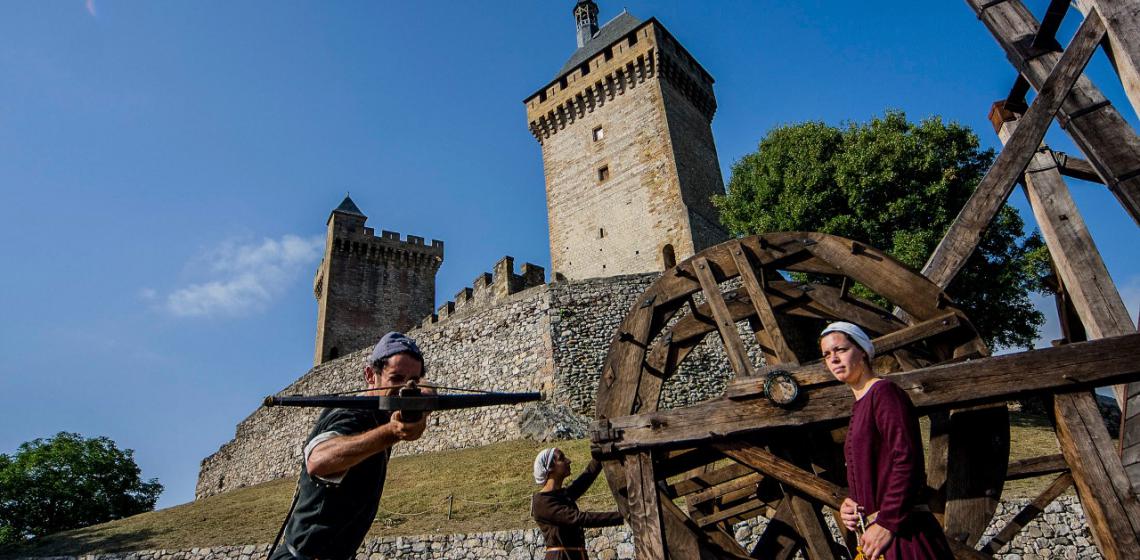The Château de Foix is a castle which dominates the town of Foix in the French department of Ariège. An important touristic site for the area, it was listed as a historic monument by the French Ministry of Culture in 1840. Built in the style of 7th-century fortification, the castle is known since 987. It has a long and passionate history, due to its important military role, that spanned the Middle Ages and reached the 19th century; its history is reflected on the three towers, constructed at different times, by different governors.
Since 2019, after two years of renovation, a new museum was created, holding an extended exhibition of the history of the Castle and its governors. The three towers of the Castle are also open to the public, and host an exhibition of artefacts linked to the usage of the different spaces. At the foot of the Castle, a number of activities are available to the visitors. The interpreters are dressed in a medieval style and welcome the public to observe and participate in different activities and immerse into the Middle Ages.

